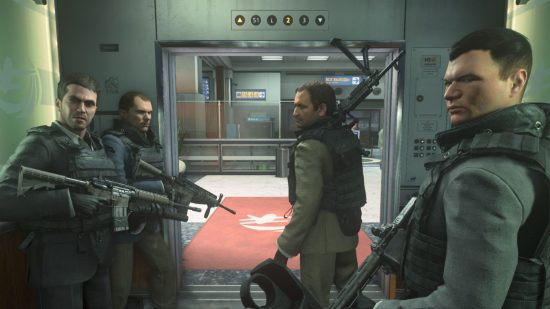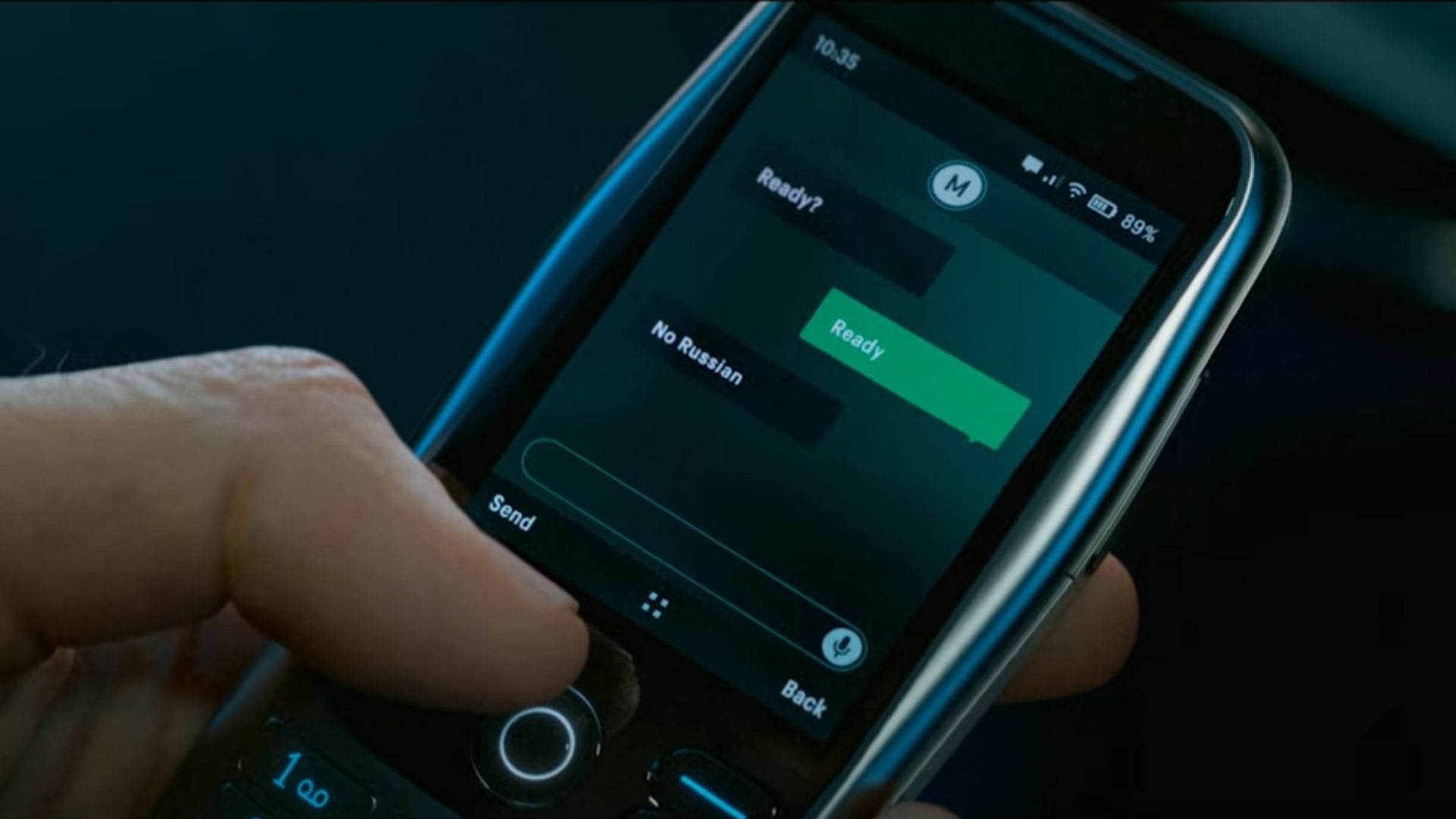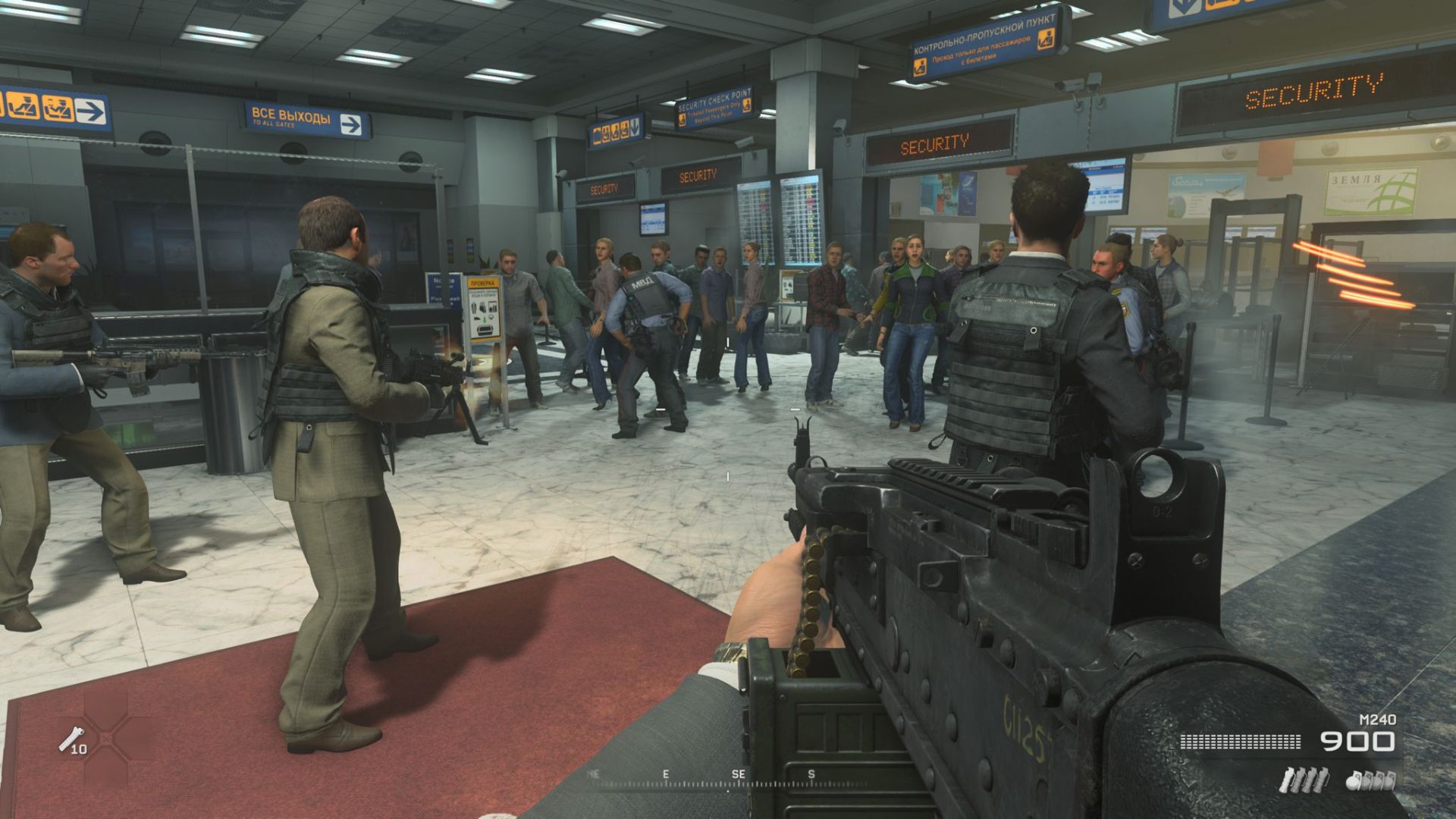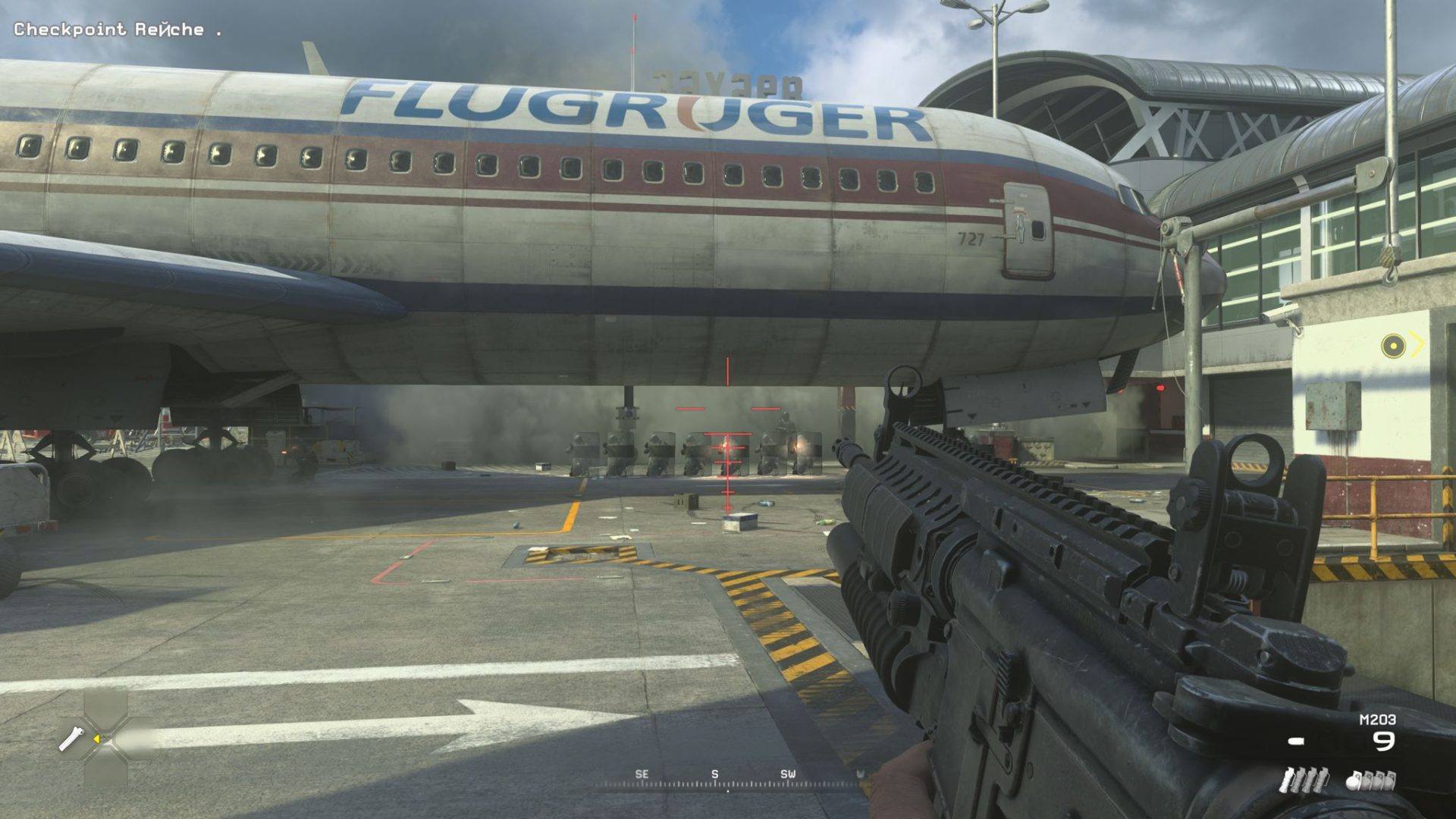The timelines of the modern Call of Duty continuity are somewhat convoluted. 2019’s Modern Warfare reboot borrowed elements of the 2007 original’s plot, as well as many of its key characters, with new looks and voice actors. With a more varied cast in tow and a reworked plot that emphasized individual characterization, the game managed to side-step some of the criticisms of the original while stumbling into new controversies of its own.
Modern Warfare 2 (2022) continued to make allusions to the original trilogy while further diverging from well-trodden territory, introducing a new villain of the week, American PMC leader Graves, by way of Mexican drug cartels. By implementing so many moving parts in this new continuity, Activision’s development studios have somewhat skirted criticisms of jingoism that have dogged the series since its inception.
But in Modern Warfare 3 (2023), Sledgehammer Games appears to be circling back to the red threat that formed the original series’ thrust: a world war with Russia and America at its center. With this refocusing comes the return of Vladimir Makarov, arguably Call of Duty’s best-known villain. The ultranationalist leader has featured heavily in the latest game’s marketing, and previously a single phrase from a post-credits scene in Modern Warfare 2 sparked both excitement and trepidation: “No Russian.”
Back in 2009, No Russian was the videogame controversy. Sensationalized by mainstream media and praised and criticized by the games press in almost equal turn, the harrowing mission saw the player character, American soldier Joseph Allen, roped into participating in an airport massacre while working undercover within Makarov’s extremist cell. At the end of the mission, Makarov executes Allen, leaving the American’s corpse at the scene to be discovered by the Russian authorities, thus inciting a Russo-American invasion.
If considered even fleetingly, it’s a nonsensical conceit. What did Makarov tell Allen the attack was supposed to achieve in the first place? Wouldn’t Allen recognize the setup and plant one in Makarov’s skull then and there? But even despite this, the scene was – for better or worse – unforgettable in its execution. From the elevator doors opening and Makarov uttering his simple reminder – “remember, no Russian” – to the cold, methodical murdering of civilians, to the inevitable betrayal as the brief mission concludes. The scene is thick with horror and confusion, forcing players to be complicit in a grotesque act of terrorism, whether they pull the trigger or not.
In a time when the War on Terror and the aftermath of 9/11 remained in the headlines, this depiction of extraordinary violence against civilians naturally garnered massive outcry both within and without gaming spaces. To some, it made Call of Duty feel dangerous, exciting, part of a broader conversation. To others, it was a throwaway exercise in exploitation, implemented for empty shock value.
Now, we have confirmation that Modern Warfare 3 will revisit this contentious mission. The post-credits scene in Modern Warfare 2 (2022) depicts an unidentified character assembling a handgun and receiving a text featuring the infamous phrase. Could this be PFC Allen? Or perhaps another character – maybe one that we’ve already been introduced to in this new continuity? There’s also the possibility that it’s a fake-out or red-herring, little more than a knowing nod to the old-school fans.
While I wouldn’t have expected Sledgehammer Games to try and recreate the shock of the original mission here, an ESRB rating suggests that there could be more than one scene of a No Russian nature. The ESRB describes MW3’s “intense acts of violence: terrorists taking over an airplane; terrorists (dressed as police officers and paramedics) shooting/killing fleeing civilians inside a stadium concourse; airline passengers getting shot on a plane; prisoners shot inside a cell.”
But the question is: should Modern Warfare revisit this part of its legacy? It wouldn’t be the first time Call of Duty has tried to replicate the impact of the scene – the Paris gas attack in Modern Warfare 3 (2011) failed because it felt expected, almost obligatory. Treyarch’s attempts at courting controversy fared even worse. The examples following No Russian were unambiguously cynical in their attempt just get people talking.

I have to believe there’s a way for this to work, that in broaching such a topic over a decade later Call of Duty’s creatives must have some willingness to do or say something. Whether or not a scene like this will even be capable of shaking modern audiences, let alone offering something beyond that shock value, is another issue entirely, though.
In the time since No Russian, countless games have explored violence in almost all its forms, exhaustively, often in graphic detail. In 2023, the Call of Duty series is arguably better known for its Nicki Minaj and Skeletor skins, or perhaps for straightforward battle royale fun, than its boundary-pushing depiction of terrorism from way back in 2009. Regardless, I still want to discover the route Modern Warfare 3’s developers have taken.



